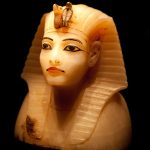Pharaoh Amenhotep III
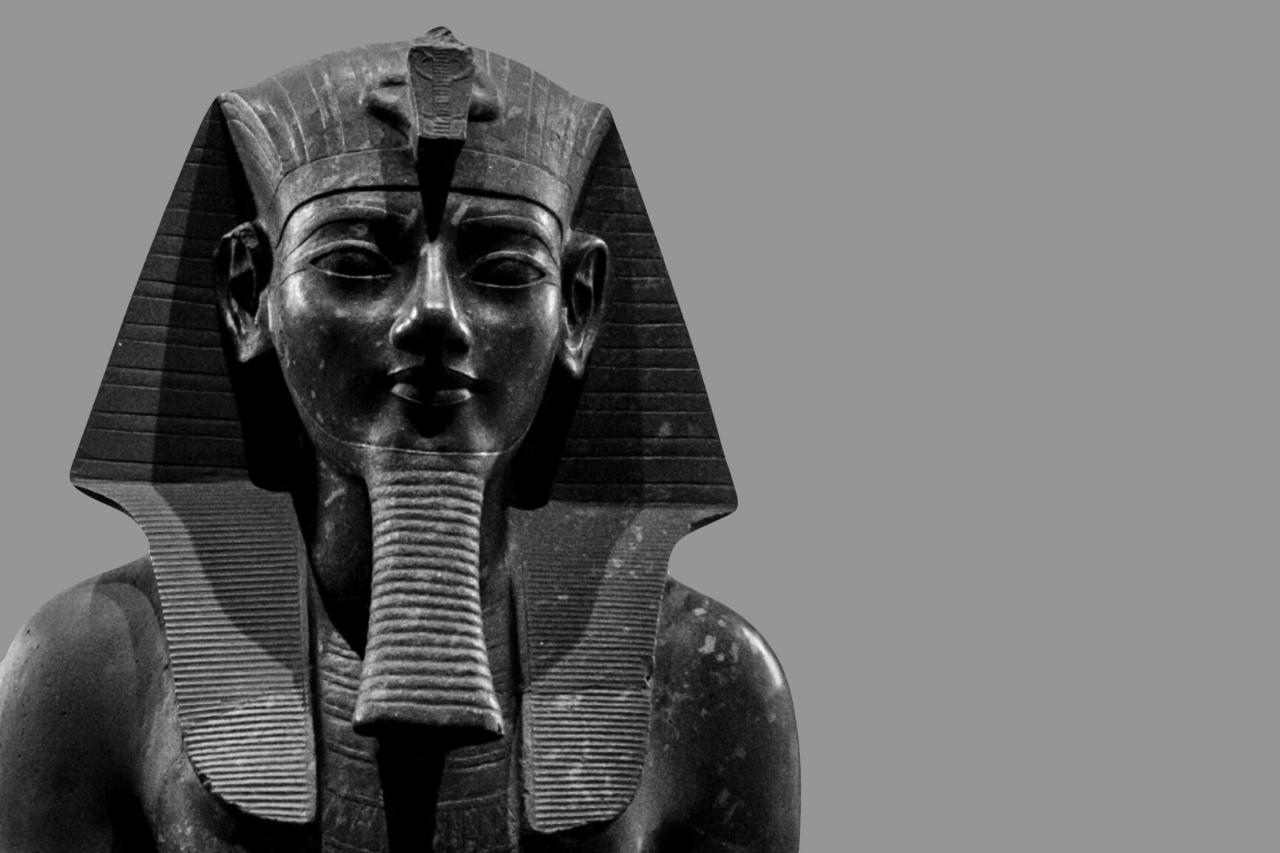
Pharaoh Amenhotep III, who reigned from around 1390 to 1352 BCE during Egypt’s 18th Dynasty, presided over one of the most prosperous and stable periods in ancient Egyptian history.
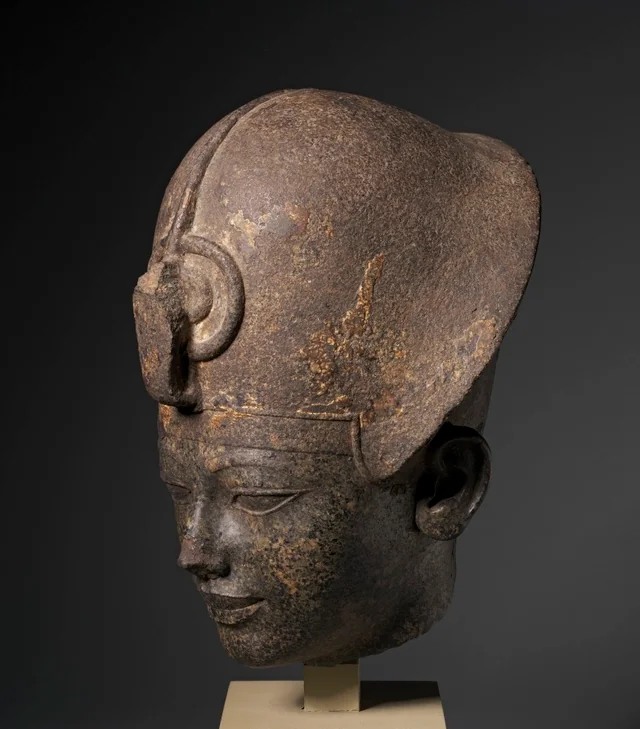
Known as the “Magnificent,” his rule marked the height of Egypt’s political power, economic wealth, and artistic achievement.

Amenhotep III fostered extensive building projects, including the construction of grand temples, palaces, and monuments such as the Colossi of Memnon at Thebes.
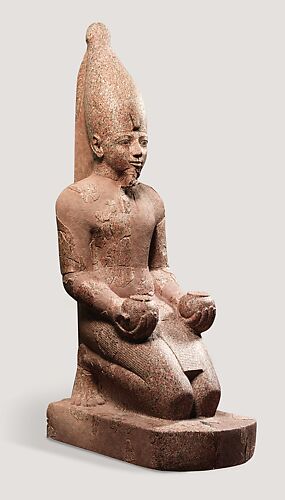
His reign emphasized diplomacy, maintaining Egypt’s influence through strategic marriages and alliances rather than warfare. Art and culture flourished under his patronage, with refined sculpture, jewelry, and architecture reflecting a golden age of creativity.
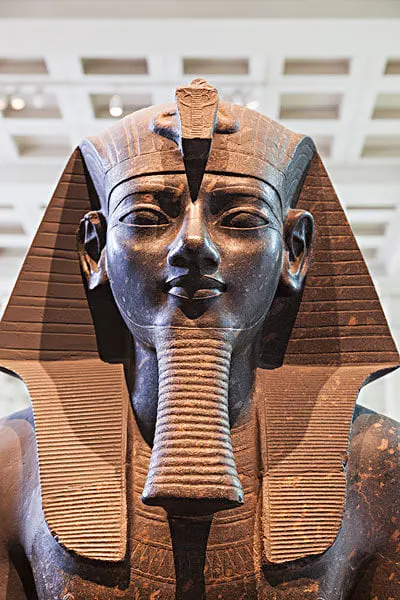
He was also the father of Akhenaten, the pharaoh who later introduced revolutionary religious reforms. Amenhotep III’s legacy endures as that of a ruler who embodied majesty, stability, and the peak of Egypt’s imperial glory.



